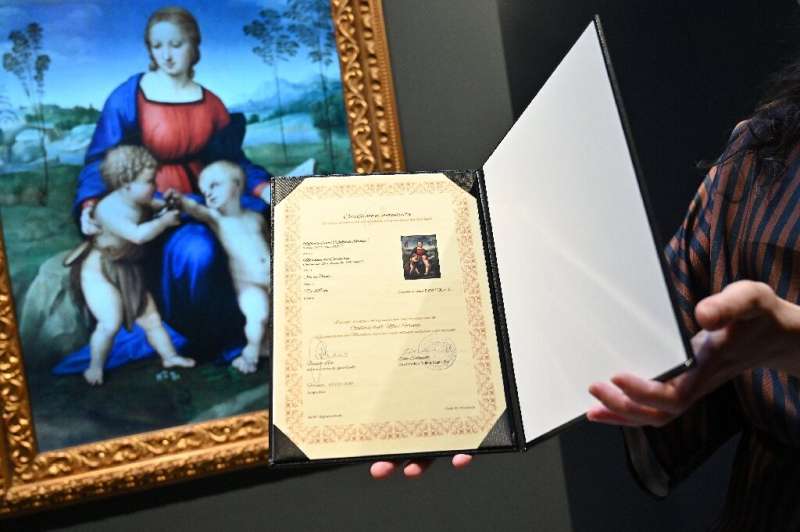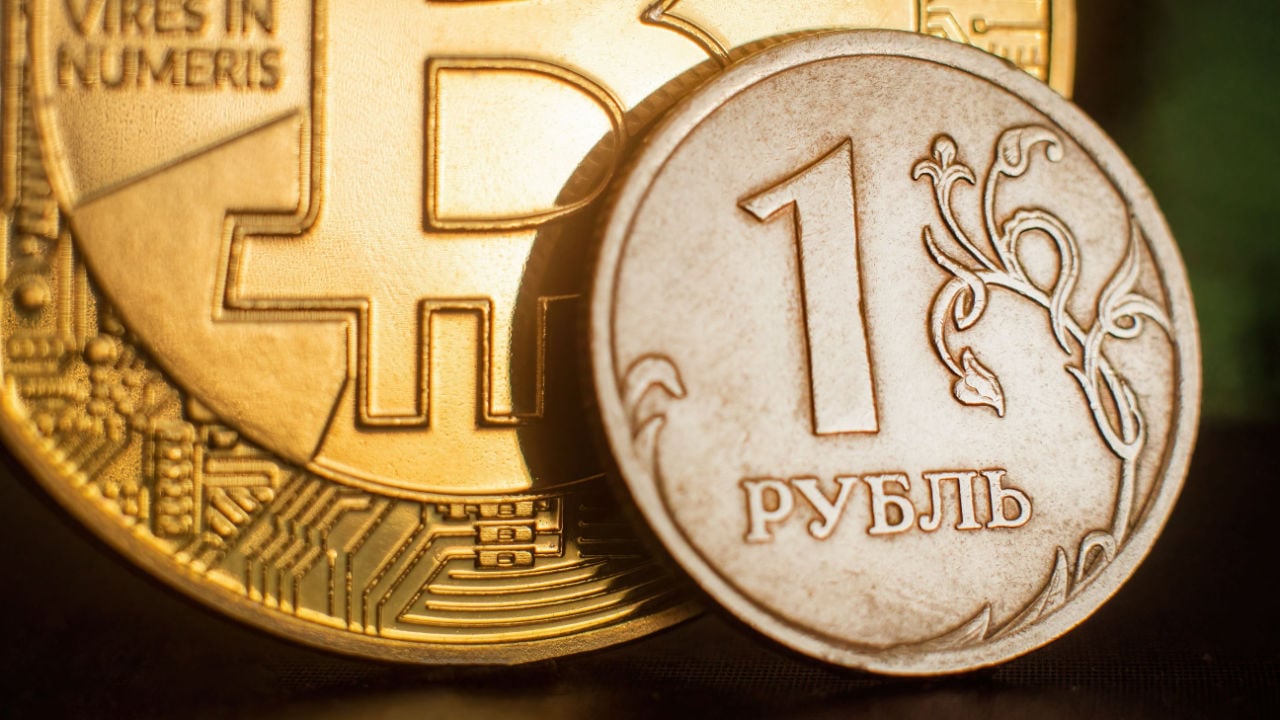The art market continues with rocky crypto-romance

An Italian project to digitize works by masters such as Raphael has run into problems.
The closest most people get to owning a world-renowned work of art is buying a cheap poster from a gallery, but art dealers are determined to exploit technology to attract new collectors.
Anaida Schneider, a former banker based in Switzerland, is among those promoting new ownership arrangements – for a small fee, investors can buy a digital part of a painting and share in the profits when she sells.
“Not everyone has $1 million to invest,” she told AFP. “So I came up with the idea of splitting, to create like a mutual fund, but on the blockchain.”
Each buyer receives an NFT, the unique digital tokens created and stored on the blockchain, the computer code that underlies cryptocurrencies.
Although crypto assets have been routed this year with falling values, collapsing projects and widening scandals, the NFT art sector has weathered the storm better than other parts of the crypto world.
NFT artwork accounted for about $2.8 billion in sales last year, and the rate has fallen only slightly in the first half of this year, according to analyst firm NonFungible.
Collectors and artists are among the most eager to experiment with the technology, even if it means owning just a piece of a digital copy of a painting.
A fifth of 300 collectors polled by the website Art+Tech Report said they had already engaged in so-called fractional ownership.
Schneider’s Liechtenstein-based company Artessere offers squares of paintings by Soviet artists including Oleg Tselkov and Shimon Okshteyn for 100 or 200 euros ($100 or $200) a piece.
She gives herself 10 years to sell them on.
Schneider owns the paintings she sells, thus avoiding legal complications, but attempts to offer new digital ownership arrangements for publicly owned works are proving more difficult.
“Complex and unregulated”
Thirteen Italian museums recently signed deals with Cinello, a company that sells limited-edition digital reproductions, to offer ownership of digital copies of masterpieces.
The buyer receives a unique, high-resolution digital copy to project on a screen and a certificate from the museum, which receives half the proceeds.
The company held a splashy London show in February displaying digitized works by Renaissance masters including Raphael, Leonardo and Caravaggio. It has since sold a handful of them.
But Italy’s culture ministry was reportedly annoyed that a copy of Michelangelo’s “Doni Tondo” sold for around 240,000 euros, but Florence’s Uffizi gallery received less than a third of the proceeds.
A ministry spokesman was quoted in several outlets last month as saying the issue was “complex and unregulated” and asking museums not to sign any new contracts around NFTs.
Cinello CEO Francesco Losi was not happy with the characterization, telling AFP: “We don’t sell NFTs.”
Buyers can request an NFT to go with their image, but the firm said it had its own patented system to ensure ownership, which it calls DAW.
Mixed blessing
Cinello said it had digitized more than 200 works and the sale had generated 296,000 euros in additional revenue for Italian museums.
But the firm’s difficulties in Italy underscore the mixed blessing of NFTs — they bring publicity but also suspicion.
The NFT sector – which covers everything from video game avatars to million-dollar cartoon monkeys – is rife with fraud, counterfeit works, theft and laundering.
Losi said he was well aware that NFTs could be used “in the wrong way” and was uncertain about their future in the art world.
Anaida Schneider emphasized that her project was protected by law in Liechtenstein, the tiny principality that was among the first jurisdictions to pass a law regulating blockchain companies in 2019.
Beyond that, she said her insurance would cover damage to the artworks, and she had also factored in the possibility that the paintings would drop in value, although she declined to give exact details.
“I hope it never happens,” she said. “For me, it’s very important to get this idea out into the market.”
Why do celebrities buy comics for millions of monkeys? NFTs, explained
© 2022 AFP
Citation: Art market continues rocky crypto-romance (2022, August 21) retrieved August 21, 2022 from
This document is subject to copyright. Except for any fair trade for the purpose of private study or research, no part may be reproduced without written permission. The content is provided for informational purposes only.


